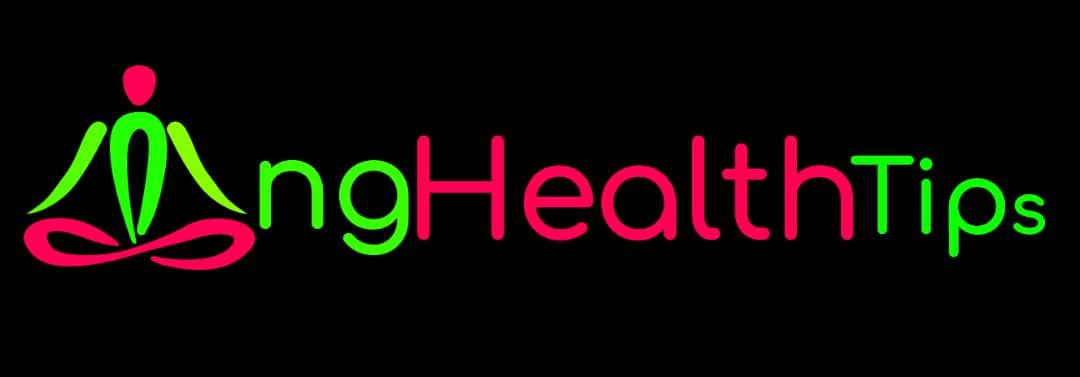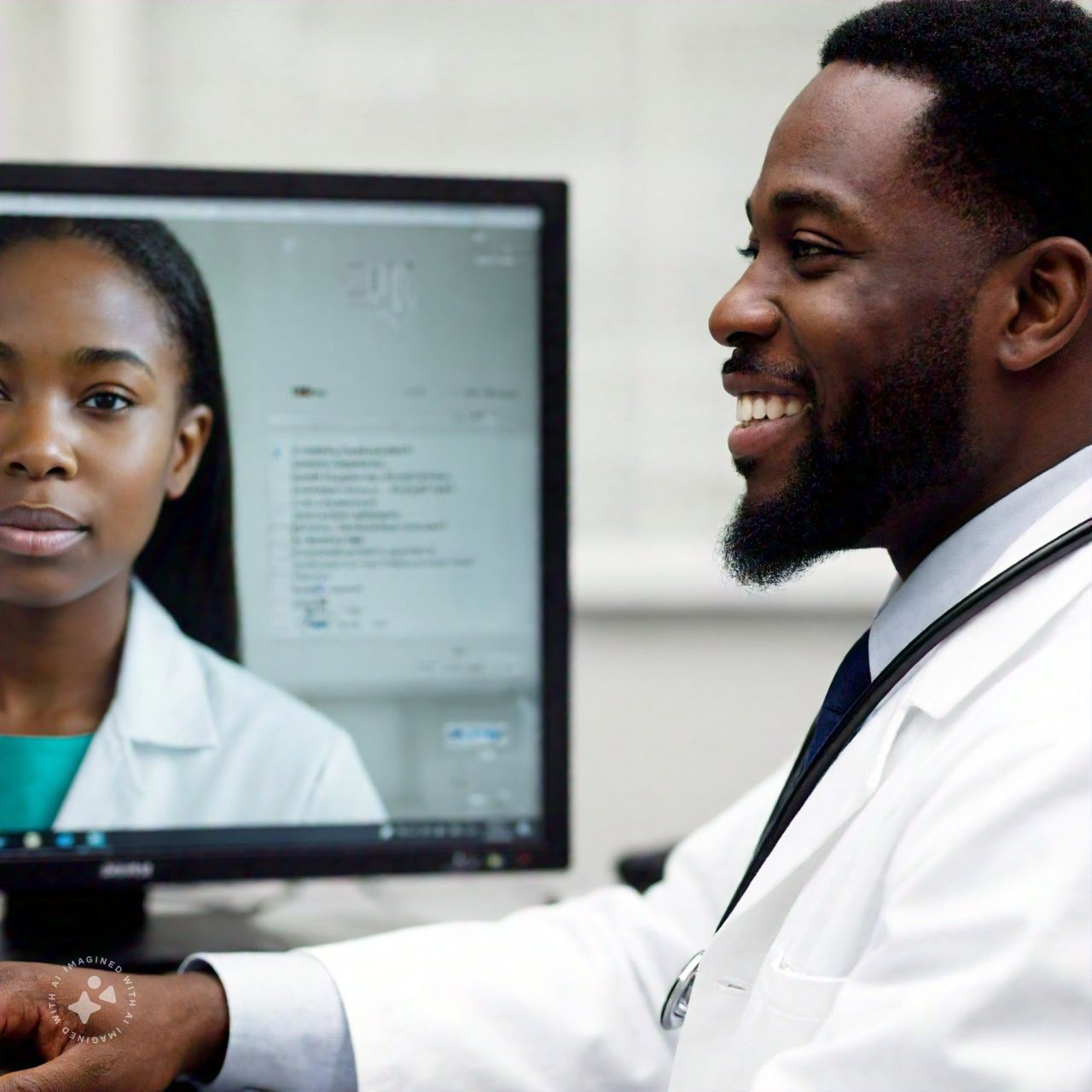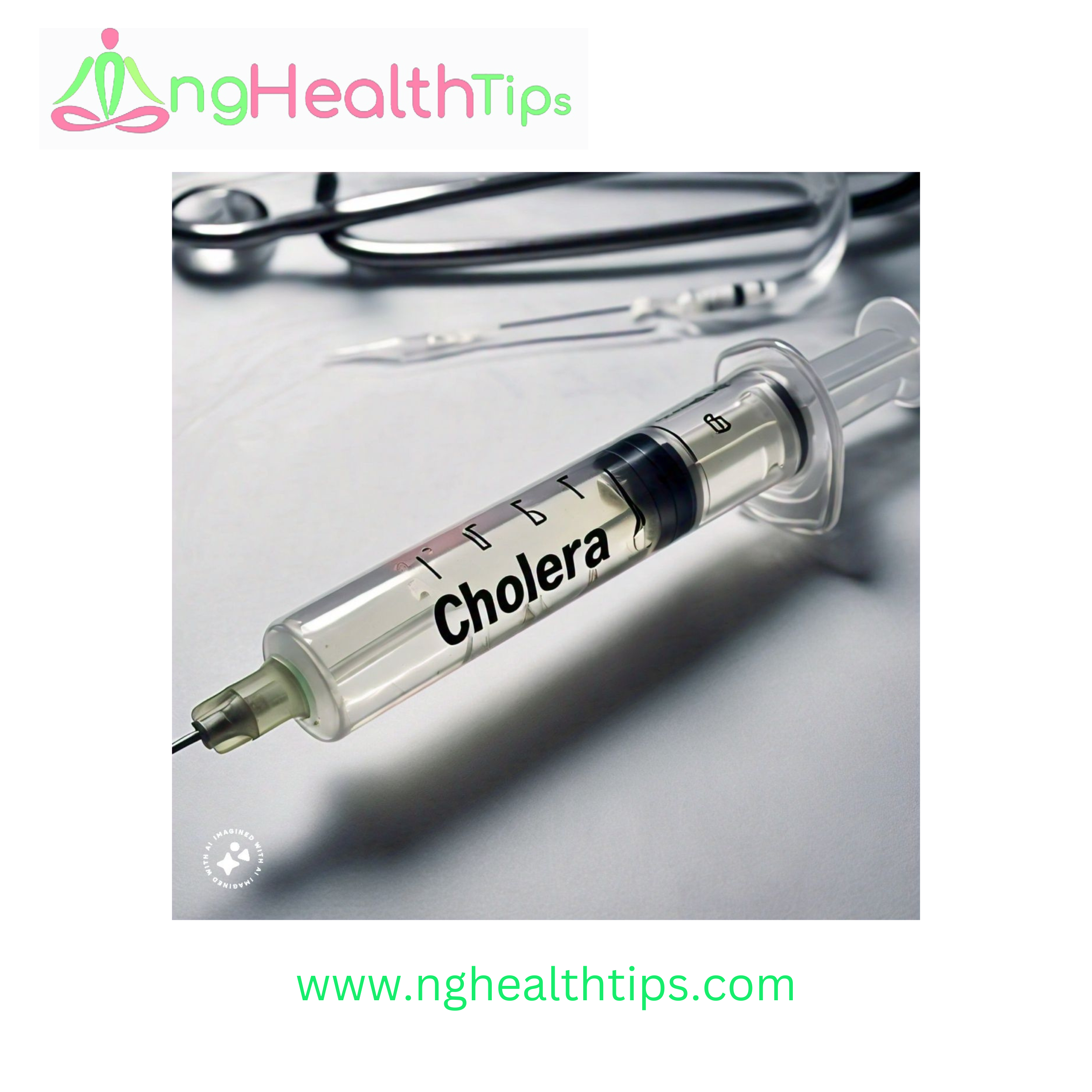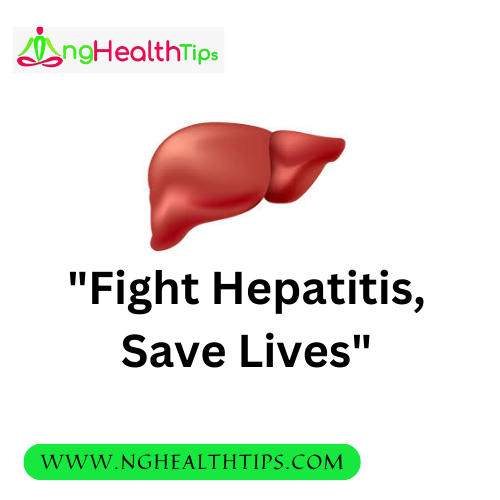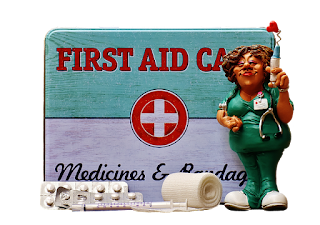First Aid First
How severe an accident is depends on the first approach,and that is why this article is tagged first aid first.
No one prays for accident be it mild, complex or fatal, however; human race cannot do away with accident.
The issue of health is very vital and important and must not be handled with levity, this is because, human health is a continuum.
Our environment, home, workplace been an entreprenuer, school as students, and so on makes us prone to the different type of accidents.
Since this is so, we should all learn to do the first thing first and be prepared to make use of the best approach when issues spring up, and that is first aid.
Introduction
So many people take ill or get injured on a daily basis with some dying painfully in the presence of their loved ones, who often wished they could do something to help the situation.
Also at the scene of an accident, for example, some people in trying to help, do something wrong that further complicates or worsens the situation of the victim instead of saving a life.
What Is First Aid
The term first aid could mean different thing to different people no matter how complex it may be.
However; some facts are general, that is, caring for the victim’s life, preventing the present condition from getting terrible or worse and enhancing quick recovery back to normal.
First aid is the initial help given to a casualty involved in an accident or sudden illness.
First aid is said to be the urgent assistance rendered to an injured person or casualty atthe scene of the incident provided the area is free from further harm before the arrival ofmedical personnel or before taken the injured person to the nearby hospital.
First Aid is also the provision of initial care for an illness or injury; it is frequently carried out on an injured casualty or sick person by a layperson until definitive medical treatment can be assessed.
First Aid is an instant assist given to an injured or sick person, using the available materials, at that time before the casualty or victim is taken to the hospital.
First aid is sometimes referred to as emergency aid, that is an aid given to a casualty in an emergency situation.
The aftermath of an accident may be determined by the first aid approach used and how useful the first aid is.
Aims Of First Aid
First aid aims at achieving specific objectives,and this includes:
To save life
To prevent an injured person’s condition from becoming worse
To promote quick recovery
Rules Of First Aid
While rendering first aid or assistance, there are definite rules or guidelines to follow to achieve the purpose, and it goes thus:
1. Ensure you do the first thing first.
It means a proper assessment of the situation for any danger, quick and methodically handling case without fear and prioritising the conditions according to how urgent they are.
2. Move the injured person from the cause of injury or the cause of damage from the injured person.
3. Professionally reassure the injured person.
4. Improvise for needed materials.
5. Avoid crowd around the injured person and avoid moving the injured person unnecessarily.
6. Lose all tightening materials around the casualty waist, neck, ankle and so on.
Who gives first aid?
Saving live is everybody’s concern; the ability to carry out informed first aid decision while attending to victims of accident and emergencies can imply a difference between life and death.
In a simple term, first aider’s ability to determine when the situation is safe and danger-free, and then identify the problem of the casualty, e.g. breathing problem, bleeding, burns or broken bone to prioritise the severity of the injuries in both single and multiple situations.
The responsibility of a first aider
Assesses the situation
Arrives at a diagnosis for each casualty
Gives immediate and adequate treatment, bearing in mind that a victimmay have more than one problem
Moves arrangement for an ambulance to remove the casualty from the accident scene to the nearest available hospital/health centre where a more specialised assistance can be offered to the victim.
A first Aider is never a Doctor and must not assume that role.
A first Aider’s duty ends as soon as a Doctor takes charge, although he may have to remain to take orders if necessary.
It is important to note that what is done and what is not done in sick or accident situation is vital because it can mean the difference between life and death.
Priorities In First Aid
First, find out if breathing has stopped, ensure an open or clear the airwaypassage and start artificial respiration (the kiss of life).
Secondly, if bleeding, stop or arrest it, because blood is life, it is the vehicle through which oxygen and food nutrients are transportedto the various parts of the body for survival.
Thirdly, guard against shock by keeping the person warm if cold, to maintain a normal body temperature that can result in shock/death.
Immobilize fractures
Reassure the casualty, and ensure fresh air
Do not remove clothing un-necessary
Do only essential things and don’t attempt too much
Arrange for careful conveyance to hospital
Secondly, if bleeding, stop or arrest it, because blood is life, it is the vehicle through which oxygen and food nutrients are transportedto the various parts of the body for survival.
Thirdly, guard against shock by keeping the person warm if cold, to maintain a normal body temperature that can result in shock/death.
Immobilize fractures
Reassure the casualty, and ensure fresh air
Do not remove clothing un-necessary
Do only essential things and don’t attempt too much
Arrange for careful conveyance to hospital
Several types of first aid that require specific additional training:
1. Aquatic/marine first aid – professional mariners
2. Battle first aid – during armed conflict
3. Hyperbaric first aid – SCUBA during professional
4. Oxygen first aid – conditions resulting in hypoxia
5. Wilderness first aid – under conditions where the arrival of emergency responders or the evacuation of an infected person may be delayed due to constraints of terrain, weather, and available persons or equipment.
Situations That a First Aider May Be Confronted With Include:
Unconscious casualty
In case you meet an unconscious person who is breathing normally place him or her recovery position.
However, if the person stopped breathing normally in this case Cardio-Pulmonary Resuscitation (CPR) is necessary.
Danger: Make sure there is no danger to your safety first
Response: Check for the level of response by shouting and gently shake/tap casualty’s shoulder to determine whether the victim is conscious or unconscious.
|
|
Breathing Check for Breathing by listening for breath noise, feel for warm air to your cheek and gaze at rising and falling of the chest.
|
| If breathing is present, place casualty in the recoveryposition to maintain casualty airways open. |
| Unconscious or non breathingcasualty |
Position hands for compression
Place the heel of one of your hand on the centre of the chest.
Place the heel of your other hand on top of the first hand, and interlock your fingers, the heel of only one side of the hand should come into contact with the compression site.
How To Give Chest Compression
Lean over the casualty, with your arm straight compress vertically on the compression site directly on the sternum.
Compress 30 times at a rate of 100 per minute and depress the chest by 4-5cm or 1/3 of the chest depth.
Attempt Two Rescue Breaths
The thumb finger and the index finger should be used to pinch the soft part of the casualty’s nose.
Blow steadily into the mouth until chest rises.
Allow the chest to fall, with pinched nose give second breath.
Use barrier while performing mouth to mouth ventilation
Continue the ratio of 30:2 compression and rescue breaths respectively
Note: For A Child
Make use of the heel of one hand only in compressing the chest just same place as adult (30:2) radio.
For Infant
Compress with two fingers. (Index and middle fingers) for one-third of its depth (30:2) ratio.
Note: Cover both infant’s mouth,and nose with your mouth don’t pinch the nose.
Severe Bleeding
Severe bleeding is a life-threatening problem which needs immediate attention to stop or minimise the bleeding. Excessive blood loss can lead to shock and death.
Guard Against Cross Infection
Put on sterile gloves or any waterproof material
Apply Pressure To Wound
Place a sterile dressing or pad over the wound.
Apply firm pressure to the part with your palm ask casualty to maintain pressureto the injury site if possible.
Support the injured part
Elevate the casualty’s injured part higher above heart level if possible.
If blood seeps through the bandage apply another bandage or pad over, never remove the first dressing to clotting and ensure that pressure is exerted on bleeding area.
If blood seeps through the bandage apply another bandage or pad over, never remove the first dressing to clotting and ensure that pressure is exerted on bleeding area.
Burns
Burns are injuries to the skincaused by dry and wet heat, electricity and chemicals. Burns can be a dangerous threat if they are not appropriately managed.
Cool Burn
Make the casualty comfortable
Douse the burnt area with water for minimum of at least 10 minutes of running water
Do not remove any stinking materials to the injury site to avoid further damage
Cover Burn
Cover the burn and surrounding area with a sterile dressing or clean non-fluffy cloth or plastic bag.
Cover the burn and surrounding area with a sterile dressing or clean non-fluffy cloth or plastic bag.
Broken Bones (Fracture)
Broken bones can be closed (no wound at the site of the break) or open (has an injury at site of the broken)
Stop bleeding if any
Do not press on a protruding bone
It is not easy to distinguish a fracture from dislocation, sprain or strain but wheneverin doubt always immobilise and treat as a fracture.
Note: In case of car accident use board to mobilise.
Use splint to immobilise the injured part (you can use unaffected limb as a splint)
How to make arm sling
Chocking Adult
Chocking happens when a person cannot breathe properly because the object or food particle is stuck in the person’s windpipe (airway) blocking air flow to the lungs.
Check the mouth for any object and remove it if possible.
If casualty coughs, speaks or breath encourage cough.
Abdominal thrust:
Stand behind the casualty
Put both arms around the victim, and make a fist between the naval and bottom of breastbone;
Grasp your fist with the other hand below the breastbone
Chocking Infant
Infants choke on swallowing objects such as small toys and coins into their mouth
Open the mouth and check for any object, Do not swap your finger around the mouth.
If it is discovered that the infant encounters difficulty in crying, coughing or breathing, such infant’s head should be lowered; face down and your forearm should support both the body and head.
Five sharp blows should be given between the shoulder blades making use of the heel of your hand should be given, If perhaps the back blows fail to clear the obstruction, turn the infant onto his back and perform five chest thrust.
Epilepsy
Protect the casualty
Try to ease the casualty’s fall, clear away any potentially dangerous objects to prevent injury to the victim.
Monitor and reassure
Do not hold or restrain the casualty.
Protect head and loosen tight clothing
Place padding to protect from objects that cannot be moved.
Fainting – What To Do
Check for any injuries
Support the legs above heart level
Gives adequate ventilation
Protect against extreme temperature
Monitor and reassure
Heart attack recognition:
Persistent Crushing chest pain
Pain can radiate to jaw, neck and down the arm
Not relieved by rest
Sudden Collapse
What to do:
Position
Call for help
Give 300mg Aspirin tab to chew
Monitor and reassure
Ready to commence CPR
Casualty manual handling and transportation
Fireman Carriage
Piggyback Method
Crouching Method
Dragging Method
Two hands seat
Three hands seat
Four hand seat
Chair method lift front
Chair method liftback
How To Improvise Stretcher Using Blanket
Fold the ending
Roll casualty towards the folded side
Then fold the other side with the victim at the middle.
CARDIO-PULMONARY RESUSCITATION – CPR
The ABC for Cardio Pulmonary Resuscitation
The first step in carrying out CPR on a casualty is to run a check on the injured person and check if the victim will respond.
The victim should be gently handled. You can as well shout to ascertain if the victim is ok or not. If the person responds to this steps, then CPR is not required.
However, if the people fail to respond that is, nonconscious, or if the casualty shows sign of heart attack or stroke, you should reach out to people for assistance and immediately carry out the ABC of CPRWhich include:
A- Airway, B- Breathe, and C- Circulation
In case of emergency do not
Leave the victim unattended
Make the victim drink
Throw water on the victim’s face
Put the victim into a sitting position
Slap his/her face
CPR: ADULTS
A: The Airway should be Cleared
Put the injured person on his back on a firm surface and maintain a kneeling position at the victim’s shoulder and neck.
Keep the victim’s airways opened by tilting the victim’s chin and then lift. Your palm must be on the victim’s forehead and push down gently.
After this, the other hand should be used in titling the chin forward to keep the airway opened.
The victim should be checked to ensure breathing, not exceeding ten secs. The rise and fall (motion) at the chest region must be monitored as well. Also, pay attention to the breathing sounds, and the victim’s breath must be felt on your ear and cheek.
Gasping should not be mistaken as normal breathing. If the victim is not breathing normally or you aren’t sure, begin mouth-to-mouth breathing.
B (Breathing: Breath for the Victim)
Rescue breathe (also known as the breath of life) could be given via mouth to mouth or mouth to nose breathing.
However, if the mouth has been severely damaged or cannot be opened, open the airway using the head tilt-chin lift method.
Also gently pinch the nose to allow the mouth to mouth breathing and cover the victim’s mouth with yours sealing it up.
Get ready to offer two (2) rescue breathes to the injured person. Provide the first rescue breath – lasting one second – and observe to glimpse if there is a rise in the chest. If the chest does not rise, provide the second rescue breath.
If it is observed that the chest doesn’t rise, reiterate the process of head tilt-chin lift and then provide the second breath.
C (Circulation) Blood circulation should be Restored.
Check the casualty’s heart breathing. To carry out this, locate the carotid artery. It is found in the depression between the windpipe and the neck muscles.
Two fingertips should be placed on it and slightly apply pressure for several seconds.
If no circulation is detected, begin chest compressions.
Remember, first aid is not treatment but rather an assistance rendered to an injured person before proper medical care is being given.
